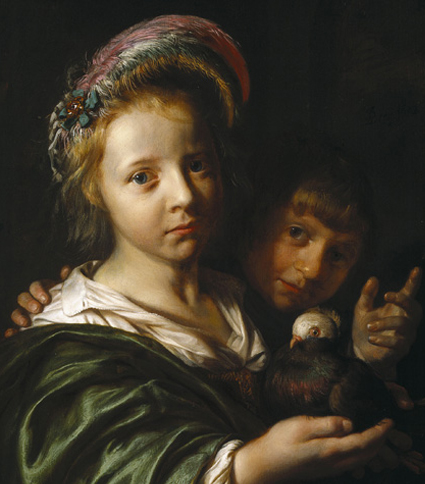It is 1635 and Salomon de Bray, a painter in the town of Haarlem, Holland, has decided to broaden his repertoire to include some sex and violence. His pretext is a story from the Bible about the liberation of Israel from the Canaanites. He squeezes three figures from the tale into the confines of a narrow upright canvas. Barak, the commander who led the Jews to victory, wears a soldier’s helmet and a steely expression to match. Deborah, the prophetess who had foretold the triumph, is shown as a devout ancient with upturned eyes and hands clasped in prayer. But the star attraction is Jael, who had set the seal on the defeat of the Canaanites by driving a tent peg through the skull of their leader.
De Bray depicts her as a stocky young maid of Holland in ancient fancy dress, turban and all. In her right hand she holds a hammer, in her left a bloodied nail. Her cheeks are ruddy, her bosom ample. She is a femme fatale in the same mould as Caravaggio’s sexy Judith, beheader of Holofernes. In fact the Dutch artist, who was familiar with the latest Italian innovations in painting, used a number of Caravaggiesque tricks and techniques to emphasise the allure of his heroine: the raking light that sets her apart from her shadowed companions; the cheek-by-jowl contrast between her smooth, milky-white skin and the wizened flesh of Deborah; the tight-cropped composition that makes the painting into a shop window for her charms.
It was a winning formula and marked another step up on the ladder of success for Salomon de Bray. Painter and draughtsman, architectural theorist and urban planner, poet and trades-union activist – a big wheel in Haarlem’s painters’ guild, the Guild of St Luke – he...


